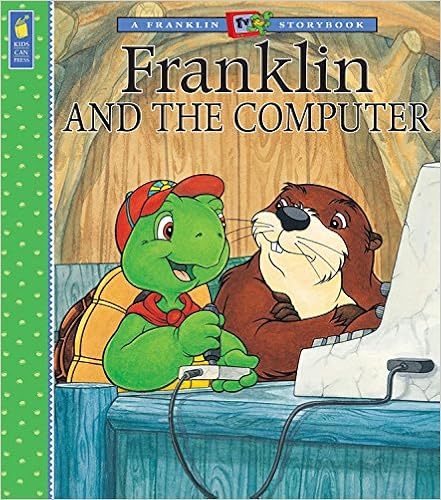Top Ten Benefits of Bouncy Bands:
1. They offer students a chance to get their wiggles out without them having to get out of their seats.
2. They are strong and durable. They are well made to last you a long time with frequent classroom use.
3. They are easy to use and install--they just slip onto the legs of a desk or chair. They stay in place well too. They never fall off. I stack my chairs at the end of the day too and they just slide up the legs quickly to stack them easily.
4. They aren't costly like other flexible seating options. They start at $13.95 each for elementary school chairs. You can get options for desk legs instead and they also make specialty ones for chairs that don't have. If you don't have much of a classroom budget, here are some tips on getting your Bouncy Bands funded through Donor's Choice.
5. They are quiet! I don't even hear them in my classroom when my students are bouncing their feet on them throughout the day.
6. They help students focus in class. Here's a small survey done at at Gravette Upper Elementary. There is also more research done about the benefits of Bouncy Bands here.
7. You can say no to fidget spinners by offering them a Bouncy Band instead! ;)
8. The CEO and founder of Bouncy Bands is a school counsellor--someone who actually works with students and understands what would help students learn and focus best!
9. Bouncy Bands are great for all learners, but especially students that may have ADHD, autism spectrum disorder, anxiety, or active students.
10. They work for any age level. They come in different sizes for different chairs/desks. The benefits are the same for all ages--it helps them focus and pay attention!
Go check out bouncybands.com to learn more about them or make your purchase! :)
Disclosure: This post was sponsored by Bouncy Bands but all thoughts and opinions are my own.
5. They are quiet! I don't even hear them in my classroom when my students are bouncing their feet on them throughout the day.
6. They help students focus in class. Here's a small survey done at at Gravette Upper Elementary. There is also more research done about the benefits of Bouncy Bands here.
7. You can say no to fidget spinners by offering them a Bouncy Band instead! ;)
8. The CEO and founder of Bouncy Bands is a school counsellor--someone who actually works with students and understands what would help students learn and focus best!
9. Bouncy Bands are great for all learners, but especially students that may have ADHD, autism spectrum disorder, anxiety, or active students.
10. They work for any age level. They come in different sizes for different chairs/desks. The benefits are the same for all ages--it helps them focus and pay attention!
Go check out bouncybands.com to learn more about them or make your purchase! :)
Disclosure: This post was sponsored by Bouncy Bands but all thoughts and opinions are my own.














































































